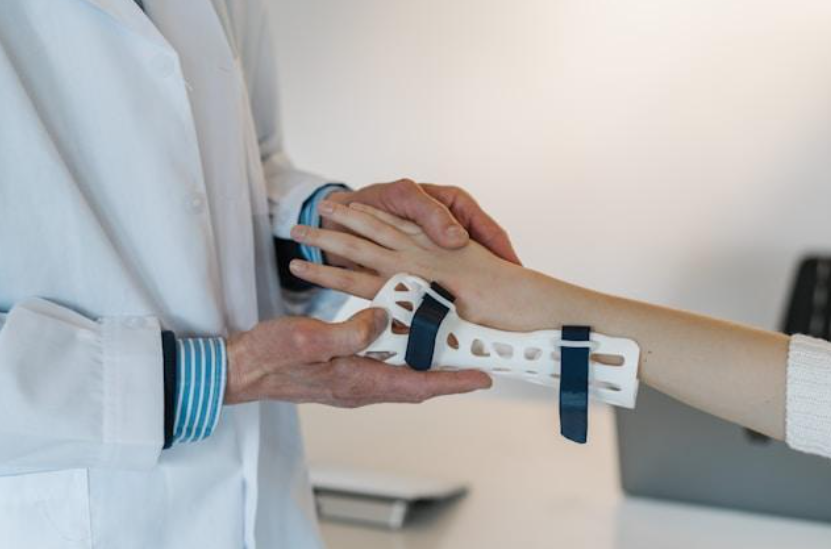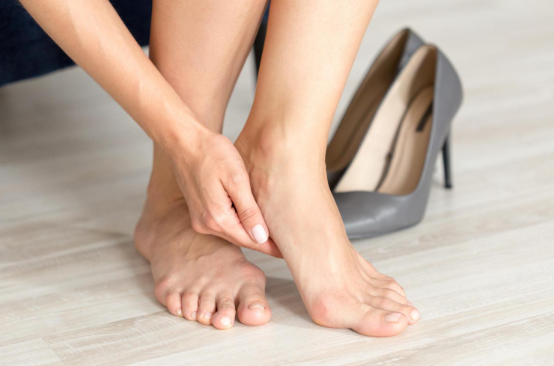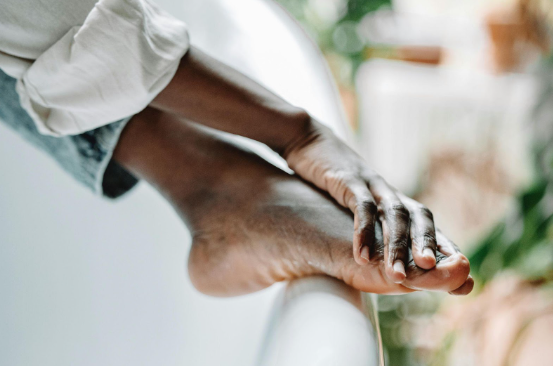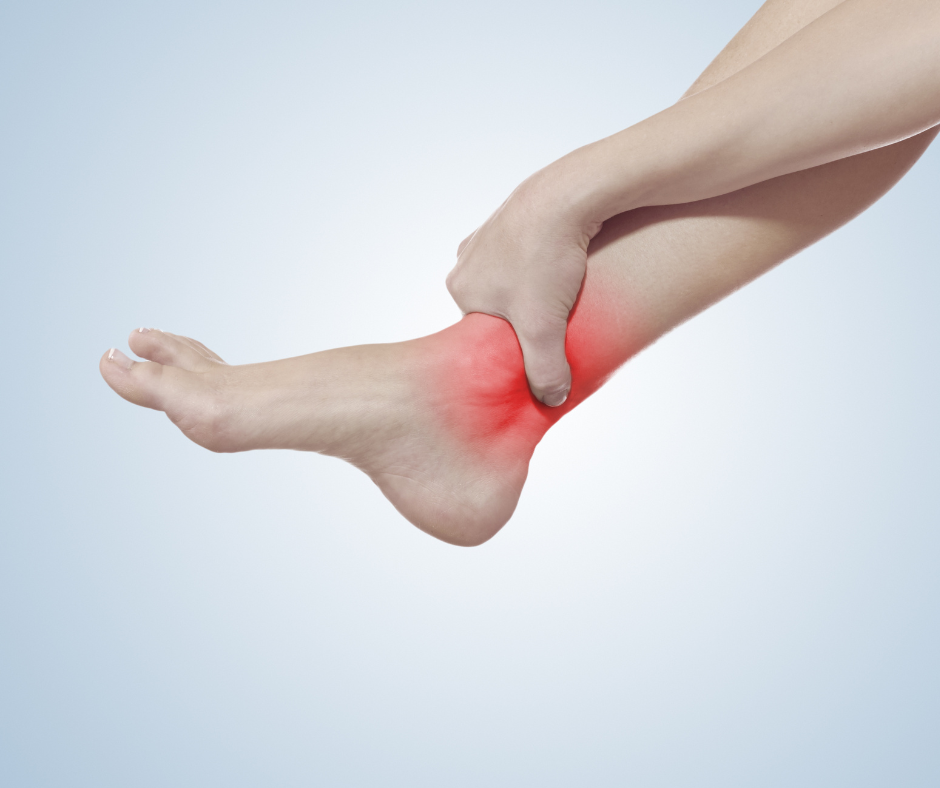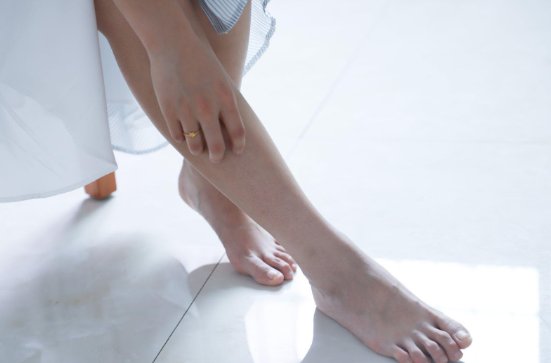TRAIL-READY KNEES: ORTHOPEDIC TIPS FOR HIKERS TO PREVENT JOINT STRAIN
Trail-Ready Knees: Orthopedic Tips for Hikers to Prevent Joint Strain

Are you an avid hiker ready to hit the trails and conquer new heights? We get the appeal—hiking is an amazing way to connect with nature while staying active at the same time. However, you have to keep an eye on your joints, especially your knees, to ensure a smooth and pain-free hiking experience.
Here are some handy orthopedic tips specifically tailored for hikers to prevent joint strain and keep your knees trail-ready.
Choose the Right Footwear
Investing in the right footwear can make a significant difference in protecting your knees while hiking. Opt for hiking boots or shoes that are specifically designed for rugged terrain. Look for features like ankle support, cushioned insoles, and durable outsoles with good traction. Properly fitting footwear also helps prevent blisters, hot spots, and discomfort that can indirectly affect your knee health.
Additional Tip: Consider Orthotic Inserts
If you have specific foot issues or pronation concerns, consider using orthotic inserts in your hiking shoes. Orthotics can provide additional support and alignment for your feet, which can help reduce stress on your knees.
Warm-Up and Stretch
Before starting your hike, spend at least 10–15 minutes warming up your muscles and performing dynamic stretches. No one should go into any type of exercise with cold muscles!
Good dynamic stretches should involve active movements that mimic the actions you'll perform during the hike, such as leg swings, high knees, and lunges. These exercises increase blood flow to your muscles, improve flexibility, and prepare your body for the physical demands of hiking.
Additional Tip: Include Foam Rolling
Incorporate foam rolling into your pre-hike routine to release tension in your muscles and fascia. Focus on rolling out your quadriceps, hamstrings, calves, and IT band. Foam rolling can help improve your range of motion, reduce muscle tightness, and enhance overall mobility, which can contribute to better knee health during your hike.
Maintain Proper Posture
Proper posture lets you prevent knee strain and maintain good overall body alignment during hiking. Keep your head up, shoulders relaxed, and gaze forward to avoid rounding your shoulders or slouching. Engage your core muscles to support your spine and pelvis, which reduces strain on your lower back and knees. Periodically check your posture throughout your hike and make adjustments as needed.
Additional Tip: Use Backpack Ergonomics
If you're carrying a backpack during your hike, make sure the straps are adjusted properly to distribute weight evenly. Use a backpack that has padded shoulder straps, a waist belt, and a chest strap to stabilize the load and prevent strain on your back and shoulders. Pack essential items strategically to minimize unnecessary weight and optimize balance while hiking.
Gradually Increase Intensity
Whether you're a beginner or an experienced hiker, it's best to progress gradually when increasing the intensity of your hikes. Start with shorter distances and easier trails, gradually building up to longer hikes with more elevation gain. Listen to your body's cues and take breaks as needed to rest and refuel. Pushing yourself too hard too soon can lead to overuse injuries and trouble for your knees.
Additional Tip: Incorporate Cross-Training
Incorporate cross-training activities like cycling, swimming, or yoga into your fitness routine to gain better strength, flexibility, and endurance. Cross-training can help prevent muscle imbalances, improve joint stability, and reduce the risk of overuse injuries.
Watch Your Foot Placement
Pay attention to where you step while hiking to avoid uneven terrain and obstacles that could lead to slips or falls. Take deliberate steps and use caution when navigating rocky or slippery surfaces. Choose stable footing whenever possible and use trekking poles for added balance and support, especially during descents or challenging terrain.
Additional Tip: Use Proper Descending Techniques
When descending steep slopes or rocky terrain, use proper techniques to protect your knees. Descend slowly and maintain a slightly bent knee position to absorb shock and reduce the impact on your joints. Avoid locking your knees or landing with excessive force, as this can strain your knee ligaments and cartilage.
Strengthen Your Leg Muscles
Strong leg muscles provide the support and stability your knees need during hikes. Incorporate strength training exercises into your fitness routine to target your quadriceps, hamstrings, calves, and glutes. Squats, lunges, calf raises, and leg presses are excellent exercises to build strength and improve knee stability. Consistent strength training can help prevent joint strain and enhance your hiking performance.
Additional Tip: Focus on Functional Movements
In addition to traditional strength training exercises like squats, lunges, and leg presses, prioritize functional movements that mimic hiking actions. Include exercises such as step-ups, single-leg squats, and lateral lunges to improve balance, stability, and agility. Functional training prepares your muscles for the specific demands of hiking, reducing the risk of injuries.
Listen to Your Body
Lastly, listen to your body and pay attention to any signs of discomfort or pain in your knees while hiking. If you experience persistent pain, swelling, or instability, seek medical attention and avoid pushing through the pain. Rest, ice, compression, and elevation (RICE) can help alleviate minor knee injuries, but consulting with an orthopedic specialist is needed for proper diagnosis and treatment.
Additional Tip: Implement Recovery Strategies
After your hike, prioritize recovery strategies to promote muscle recovery and reduce inflammation in your knees. Perform gentle stretching exercises, use foam rollers or massage tools to alleviate muscle tension, and apply ice packs to reduce swelling. To get fully recovered and help your joints, get a good amount of rest, hydration, and nutrition as well.
If you want to hike around Scottsdale, AZ, and the greater Phoenix area, come see our team at AZ Ortho. We’ll give your knees a quick checkup and let you know if there are any signs and symptoms to watch out for. Contact us today to make sure you’re hiking comfortably!
